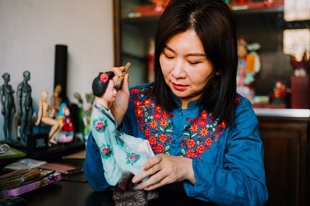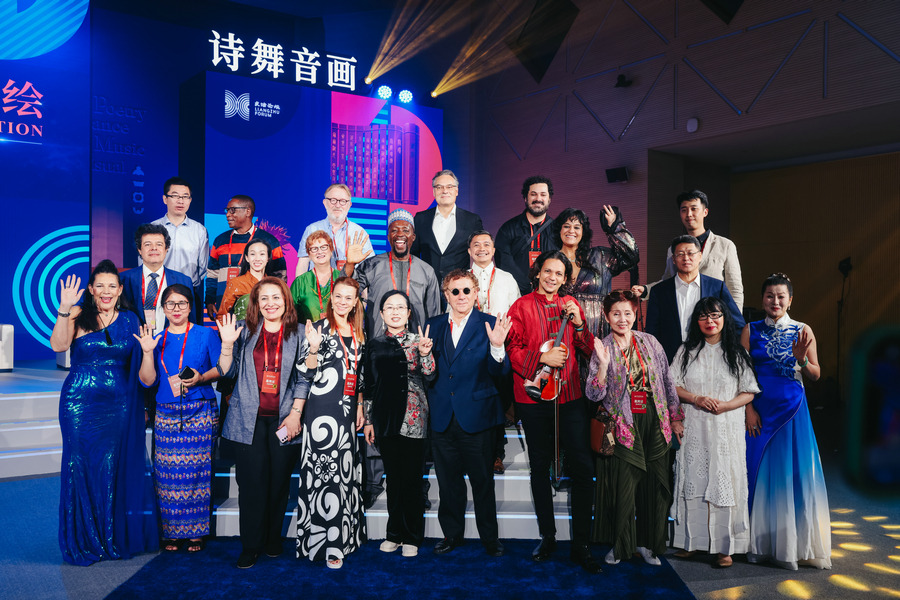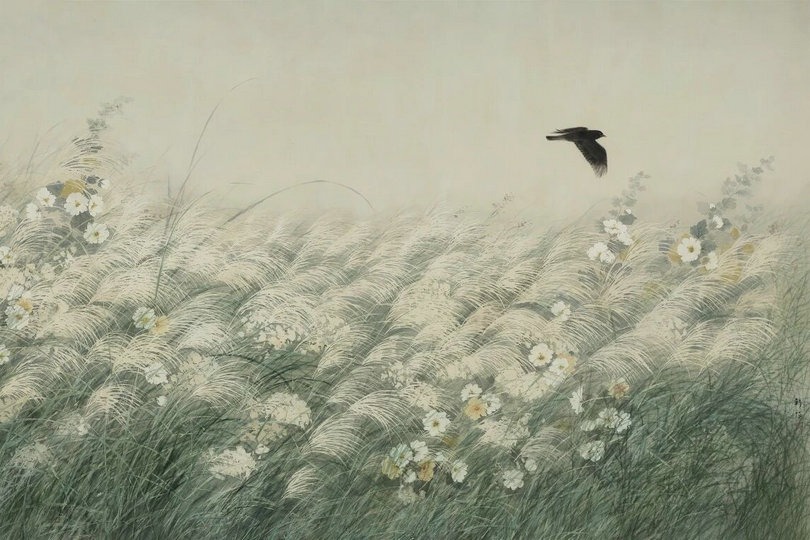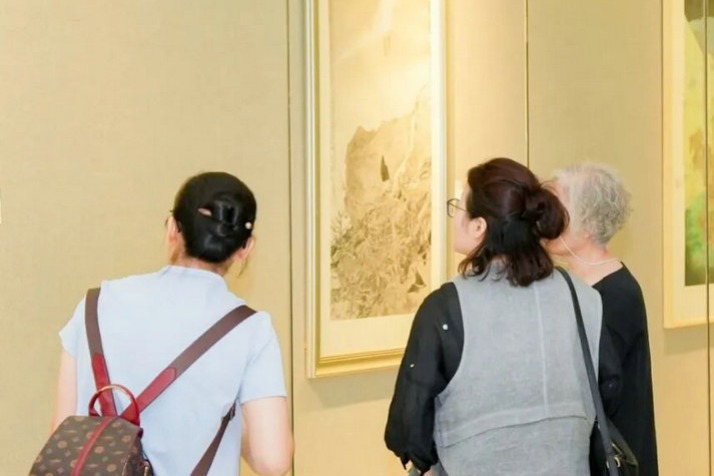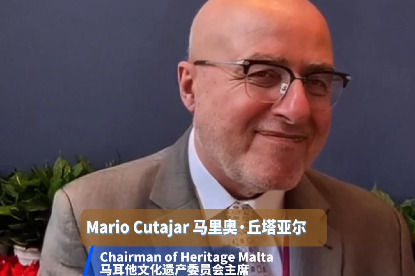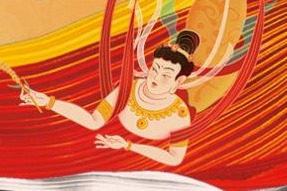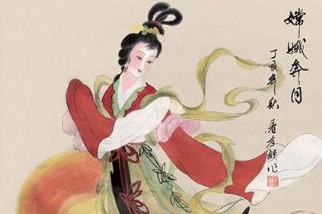Metal, lacquer and clay

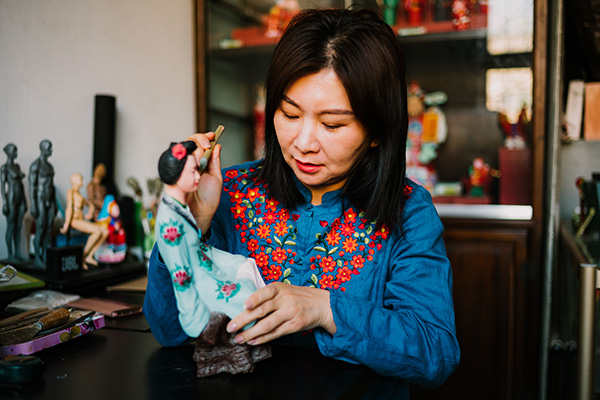
Common inspiration
The other master craftswoman, Yao Xiaojing, introduced Clay Figurine Zhang at the Beijing event. It was created by Zhang Mingshan who lived in what is now Tianjin in the Qing era. The quick-witted and nimble-fingered man observed people from all walks of life in the streets, and made vivid and lifelike clay figurines.
In 1905, a third-generation member of Zhang's family was invited by late premier Zhou Enlai to promote the craft in Beijing, and a branch in the city was established.
Yao is a student of a fourth-generation inheritor in making the Zhang style of clay figurines and an expert in the Beijing school of this craft.
"Some people say the only difference between works of Zhang and real people is that the clay figurines cannot breathe, showing how vivid the works are," says Yao.
At the Beijing event, the master craftspeople discussed the development of cultural heritage and encouraged integrating modern elements into traditional art.
"We must keep pace with the times, so that the crafts survive in the modern world," says Yao.
"People in our industry have an average age of above 50, we lack younger participation," says Li.
Wu says she wants to cultivate talented people to take her craft forward, saying three young people work with her.
"But thanks to China's emphasis on such handicraft since 2006, some specialized schools now enroll students to learn them, so as to cultivate young inheritors," says Li, who is an adviser to graduate students on lacquerware carving at an art and craft school in Beijing.
Ordinary people also have more access to such handicraft today. The experts have opened studios that enable people to learn these crafts.
"Although many people just learn the crafts for fun, they are really excited during the process," says Yao.


